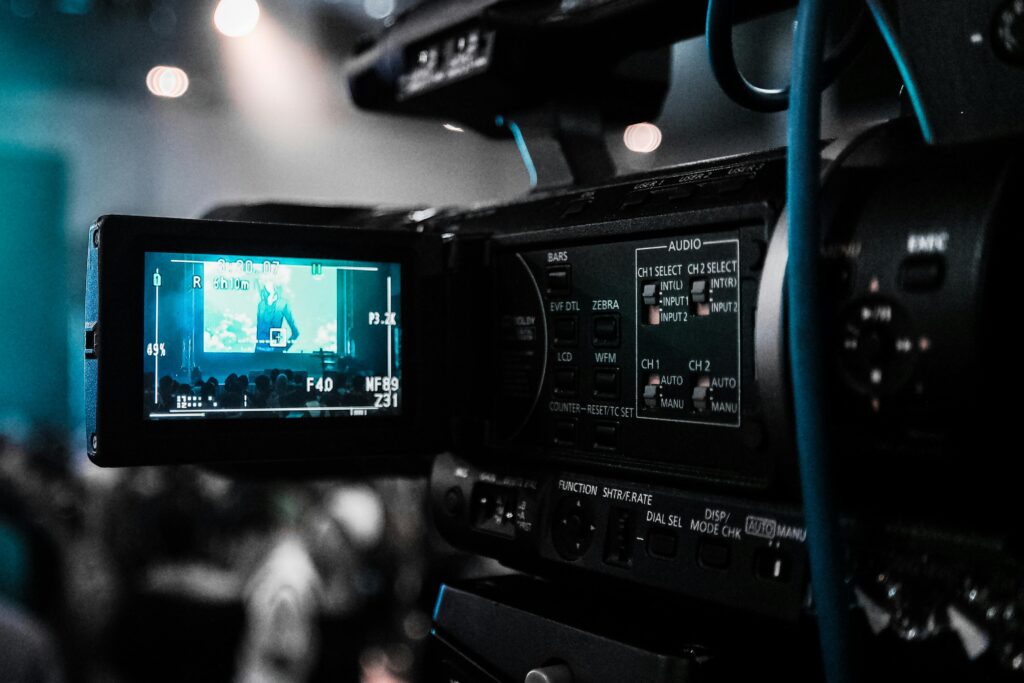Virtual reality (VR) is revolutionizing the film industry, offering immersive experiences that transport audiences into the heart of the narrative. This transformative technology is reshaping storytelling, production techniques, and audience engagement, heralding a new era in cinema.
Understanding Virtual Reality in Films
Virtual reality in films refers to the use of VR technology to create immersive cinematic experiences. Unlike traditional films viewed on a screen, VR films place viewers inside the story, allowing them to look around and interact with the environment as if they were part of the scene. This immersion is achieved through VR headsets that track the viewer’s head movements, providing a 360-degree perspective of the film’s world.
Historical Evolution of VR in Cinema
The concept of virtual reality has been explored in cinema for decades. Films like “The Matrix” (1999) and “Inception” (2010) delved into virtual worlds and simulated realities, captivating audiences with their imaginative storytelling. However, these films depicted VR as a narrative device rather than utilizing VR technology in their production.
In recent years, filmmakers have begun to harness VR technology to create immersive experiences. For instance, the VR experience “Notes on Blindness” (2016) offers viewers a sensory journey into the world of blindness, using VR to simulate the loss of sight and the enhancement of other senses. This project exemplifies how VR can be used to tell compelling, empathetic stories that resonate deeply with audiences.
Current Trends in VR Filmmaking
As VR technology becomes more accessible, filmmakers are experimenting with new storytelling techniques. The rise of 360-degree cameras and VR headsets has enabled the creation of films that offer a fully immersive experience. Projects like “Traveling While Black” (2019) use VR to place viewers in historical contexts, providing a visceral understanding of the African American experience during segregation.
Moreover, major film festivals have begun to include VR categories, recognizing the medium’s potential. The Sundance Film Festival, for example, has showcased VR films, highlighting the growing acceptance and interest in this form of storytelling.
Challenges and Limitations of VR in Filmmaking
Despite its potential, VR filmmaking faces several challenges:
- Technical Limitations: High-quality VR production requires advanced equipment and expertise, which can be costly and complex.
- Audience Reach: VR films require viewers to have access to VR headsets, limiting the audience compared to traditional films.
- Storytelling Constraints: Crafting narratives that effectively utilize the immersive nature of VR while maintaining coherent storytelling is a developing art form.
Future Prospects of VR in Cinema
The future of VR in cinema is promising. As technology advances and becomes more affordable, we can expect a surge in VR content creation. Filmmakers will continue to explore innovative ways to engage audiences, potentially leading to new genres and storytelling methods unique to VR.
Furthermore, the integration of VR with other emerging technologies, such as augmented reality (AR) and artificial intelligence (AI), could lead to even more immersive and interactive cinematic experiences.
Notable VR Films and Experiences
Several VR films and experiences have garnered attention for their innovative use of the medium:
- “Notes on Blindness” (2016): An immersive documentary that simulates the experience of blindness, offering a profound sensory journey.
- “Traveling While Black” (2019): A VR documentary that places viewers in the midst of historical events, providing a deep understanding of racial segregation in America.
- “Lincoln in the Bardo” (2017): A VR adaptation of George Saunders’ novel, allowing viewers to interact with the story’s ghostly characters in a virtual cemetery.
Common Questions About Virtual Reality in Films
- What is virtual reality in films? Virtual reality in films involves using VR technology to create immersive cinematic experiences where viewers feel as though they are inside the story.
- How does VR change the filmmaking process? VR introduces new storytelling techniques, requiring filmmakers to consider 360-degree environments and interactive elements, altering traditional production and narrative structures.
- What equipment is needed to watch VR films? Viewers need VR headsets, such as Oculus Rift, HTC Vive, or PlayStation VR, to experience VR films.
- Are VR films widely available? While the library of VR films is growing, they are not as widely available as traditional films due to the need for specialized equipment.
- Can VR films be watched without a headset? Some VR films offer 360-degree video versions that can be viewed on standard screens, but the immersive experience is diminished without a VR headset.
Conclusion
Virtual reality is poised to redefine the cinematic landscape, offering immersive experiences that engage audiences in unprecedented ways. While challenges remain, the potential for VR in filmmaking is vast, promising a future where viewers are not just spectators but active participants in the storytelling process.
For more insights into the evolving world of VR in cinema, explore this comprehensive overview of VR movies and their impact on the film industry.


